Celosia paniculata: varieties, planting and care
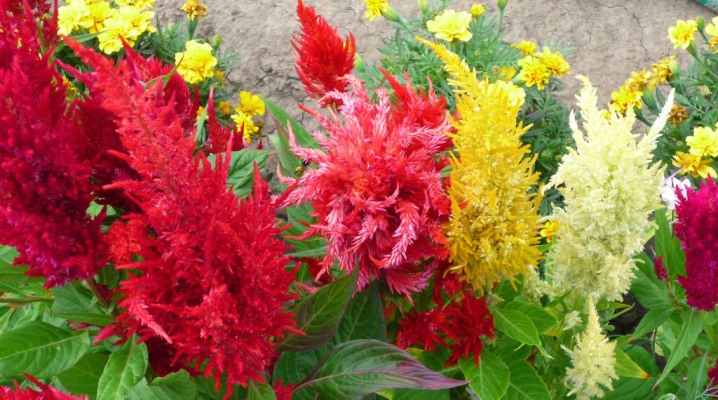
Celosia (in Latin Celosia) is an ornamental upright plant with a thick stem from the Amaranth family. Among the fifty species of these flowers, which originally grew in arid regions on three continents, the greatest use in our regions has become pinnate or paniculate celosia. Its ancestor is silvery celosia, which has two forms of inflorescences: feathery in the form of a panicle and comb with comb-shaped peduncles.
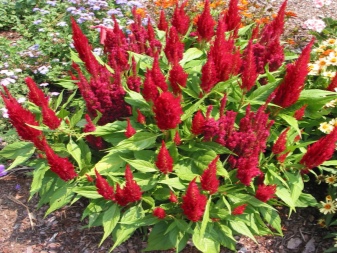
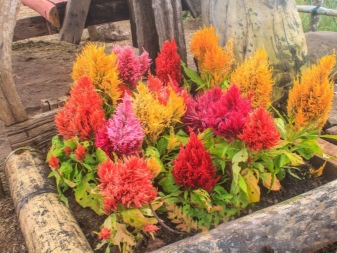
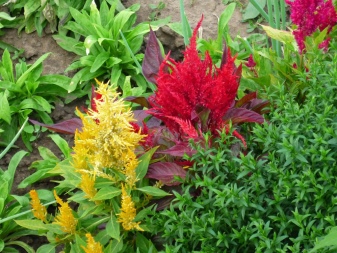

Description
Celosia paniculata is a decorative herbaceous annual with small flowers collected in pinnate inflorescences. The wild flower can grow up to a meter in height, the breeding varieties are slightly more compact. It has straight stems of a pronounced green color, in some varieties with red veins. The leaves are smooth and pointed.
The color of the inflorescences can have a wide variety of shades. - from pale red and pale yellow to more juicy tones of pink, orange, raspberry, purple. Its flowering season lasts from the beginning of the summer months to the onset of autumn frosts.
Low air temperatures are not suitable for a thermophilic plant, therefore, in most Russian regions, it is grown as an annual. In warmer areas, it can be cultivated as a perennial.

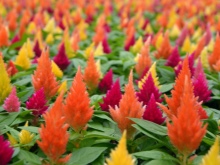
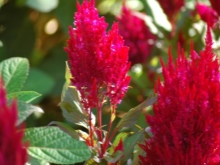
Common varieties
Breeders are engaged not only in improving the aesthetic properties of flowers, but also in adapting them to our climate. Low temperatures remain detrimental to flowers, but their resistance to the weather of the middle zone has increased markedly. That's why most flower growers successfully work with numerous varieties of pinnate cellosia.
Tall, flowering decorative summer flowers are indispensable for decorating hedges, ridges and borders. Low-growing species are suitable for growing in pots and balcony boxes.

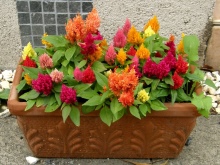
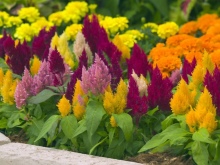
Among the varieties of low-growing paniculate celosia and dwarfs, the following are in demand.
- "Kimono" - a compact and low plant with a large globular inflorescence. Color - from white to cherry red, cream, yellow, orange.
- Glorias Mix - a variety with a wide range of bright color palette with excellent density and uniformity. Ideal for use in the decor of both streets and apartments.
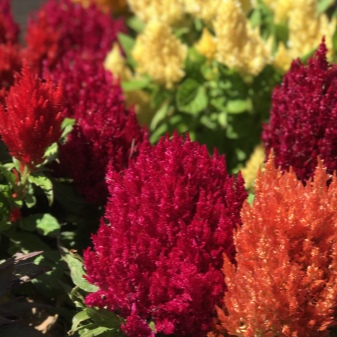
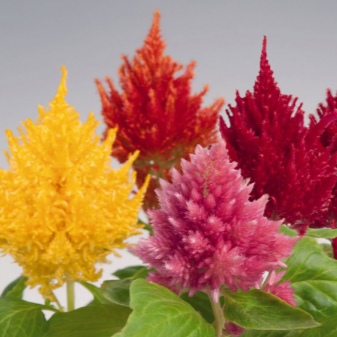
The following varieties stand out from the medium-sized ones in popularity.
- "Fresh Look" with golden yellow and flaming red inflorescences.
- "New Look" with large wide inflorescences of fiery red color.
- "Peacock" - an annual with ribbed emerald leaves. The paniculate inflorescences of its flowers have from orange and yellow tones to red shades.
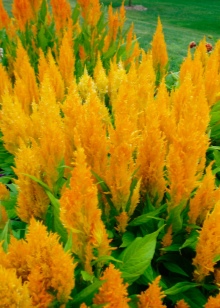
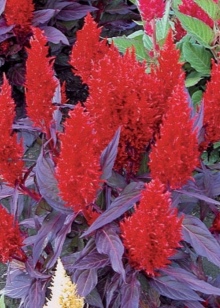

Among the tall species and giant varieties, they amaze with a mixture of bright colors "Pampas Plume" and the variety "Summer fires" - a regular pyramidal bush with large paniculate inflorescences of yellow, pink and red.
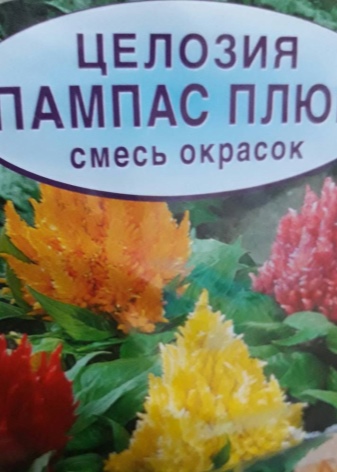
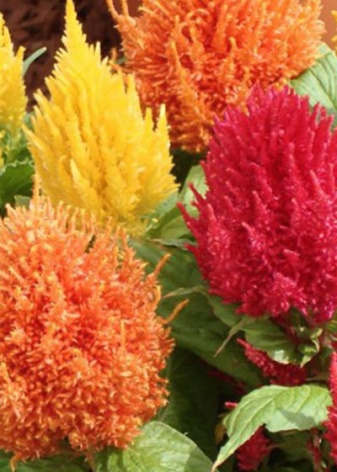
Landing
Planting cellosia pinnate in open ground is done in two ways: by seeds and seedlings. Seeds are not harmed by soil frosts, therefore, they begin to be planted from late October to early November or early spring. However, for successful sowing, several features must be taken into account:
- the place is prepared a week before sowing, the land must settle in advance;
- the distance between shallow rows should be within 25 cm;
- sow seeds very rarely, adding sand to them;
- the rows are lightly sprinkled with earth;
- the moistened soil is sprinkled with a thin layer of humus, which will retain moisture;
- seedlings must be thinned out, otherwise thin shoots will be very weak.
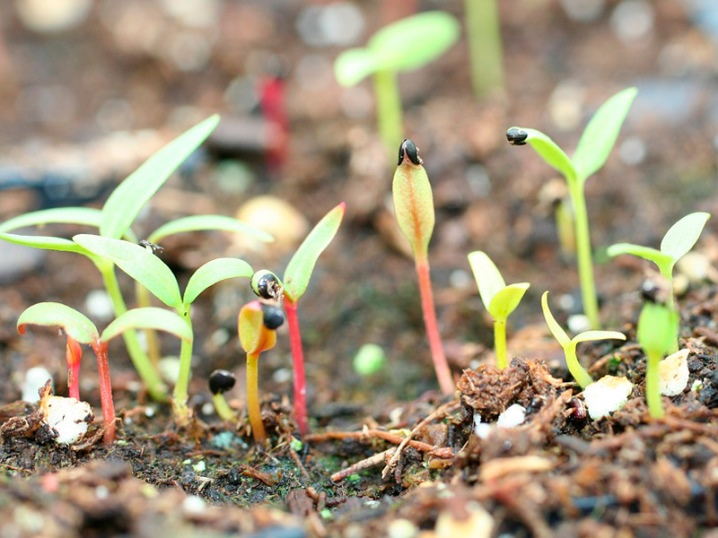
In the second method, the timing of planting seedlings is determined taking into account the possibility of the return of spring soil frosts. You should wait until late spring or early summer for warm weather to settle. The area for planting grown seedlings should be well lit and windless. The proximity of groundwater to the surface of the earth is very harmful, in this case it is advisable to make drainage in the landing holes.
The soil for celosia is only suitable for loose, loamy or sandy loam, mixed with sand and humus, neutral or slightly alkaline. It is important to respect the distance between the rows. In low-growing varieties, it should be 20 cm, in tall varieties - 30 cm.
The transfer method is the best for transplanting seedlings into the ground, so the plant adapts better in a new place.
To strengthen the seedlings, experienced florists recommend hardening them outdoors for a week before transplanting.
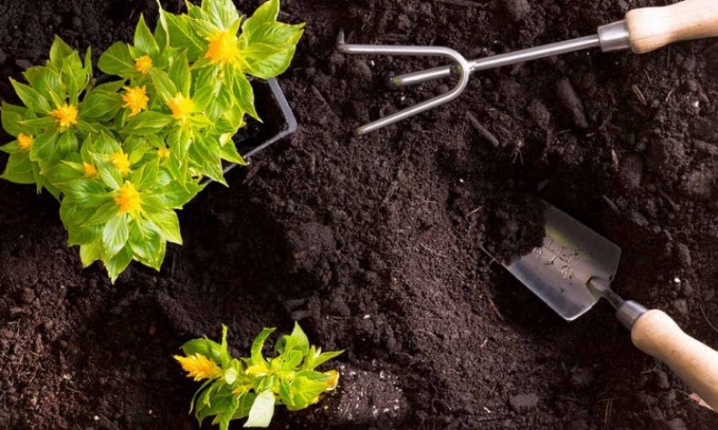
Follow-up care
Celosia paniculata is unpretentious, there are no difficulties with it. It is only necessary to observe the irrigation regime and fertilize in a timely manner.
Since the plant is drought-resistant, it needs morning watering only in extreme heat. In a rainy summer, watering is completely excluded, otherwise the root system will suffer. The lack of moisture is evidenced by drooping leaves and the absence of peduncles.
Loosening the land is required regularly, especially after watering. This provides air access to the roots. Weed control plays an equally important role.
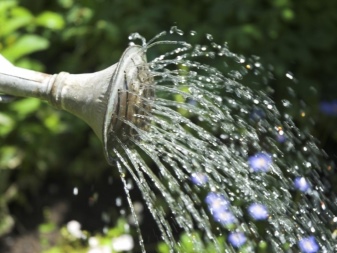
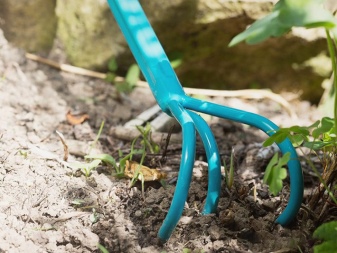
For celusion, you can use only complex mineral fertilizers, completely excluding fresh organic matter. The first feeding is carried out two weeks after planting. Nutrient complexes should contain phosphorus, potassium and nitrogen. The latter promotes the formation of vegetative mass. In the future, top dressing must be carried out monthly. If the celosia is large with large leaves, and there are few peduncles, an excess of nitrogen is possible, which is excluded from the dressing by mid-summer.
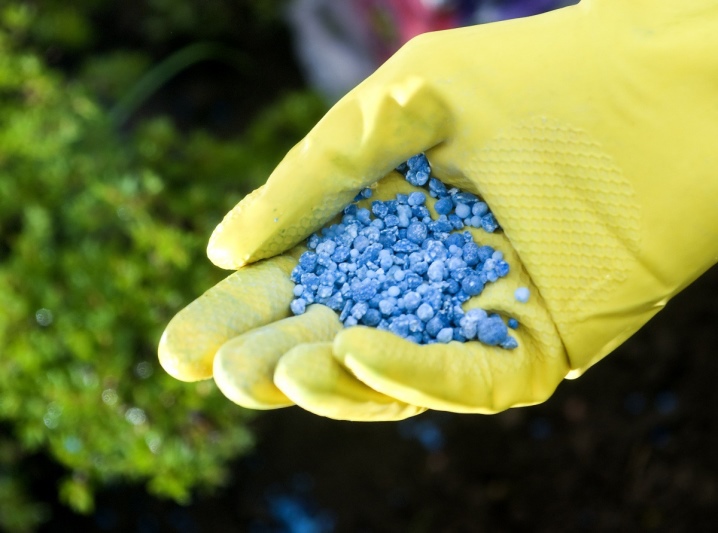
Feathery celosia is bred at home on balconies and loggias. Caring for it is simple - you need to provide the plant with sufficient lighting and scatter direct sunlight.
Water prepared for irrigation should be at room temperature, its drops should not fall on the buds. The soil should not be waterlogged, it is preferable to periodically spray the foliage from a spray bottle. Once every two weeks, the flower is fed with a mineral complex fertilizer that does not contain nitrogen. Yellowed foliage and faded buds are removed.
With timely care, the flower will delight you with a riot of fantastic colors until the very cold.
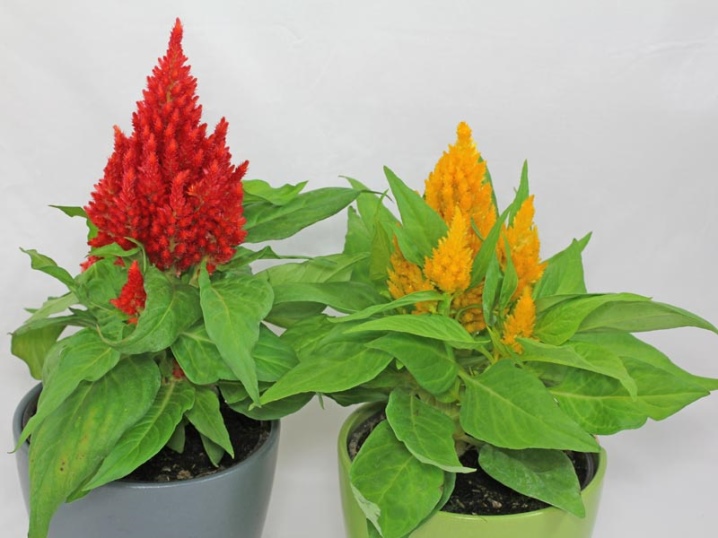
Disease and pest control
With improper care, young and still fragile saplings of pinnate cellosia are susceptible to various diseases. To prevent them, the seeds are pretreated with a manganese solution immediately before sowing.
Waterlogging of the soil leads to the development of a fungal disease of the root system of the black leg. When the base of the stem turns black, the surface of the soil is loosened, treated with ash and then not watered. In some cases, the plant is transplanted, and in case of severe damage, it is destroyed.
It is possible to completely avoid the appearance of this disease with very careful watering only on sunny days early in the morning. In cloudy and cool weather, watering plants is strictly prohibited.
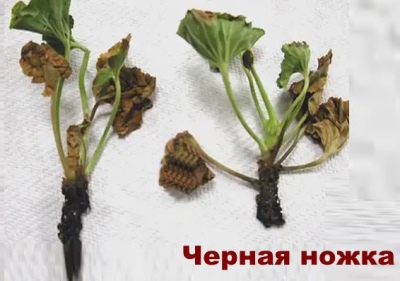
Lack of minerals, especially potassium, can lead to diseases. For their prevention, any soluble fertilizer for flower seedlings is suitable. You can use "Kemiru-kombi" or "Mortar".
Increased acidity of the soil, lack of iron contribute to the development of chlorosis, in which the formation of chlorophyll in the leaves is disrupted and the activity of photosynthesis decreases.This disease occurs at the beginning of the growing season of the plant. Yellow spots appear on the leaf plate, which eventually cover the entire leaf, after which it dries up and falls off. Chlorosis is treated by treatment with a preparation containing iron compounds.
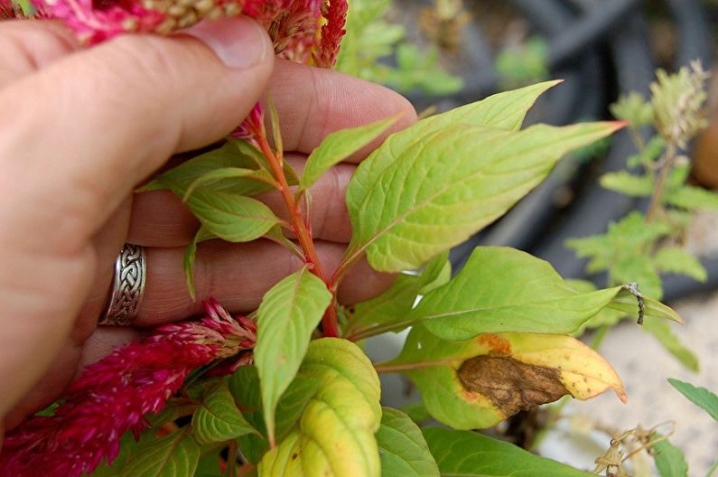
Of the pests for the culture, aphids that feed on cell sap are dangerous. Aphids are destroyed by spraying the plant with insecticides, biological preparations Fitoverm, Iskra Bio or Inta-Vir. You can also water the soil with the systemic preparation "Aktara" or a self-prepared solution of two glasses of water, 2 tsp. liquid soap and 1 tbsp. l. vegetable oil. Processing must be carried out every 3 days in the evenings.
The flower is quite resistant to other diseases and pests.

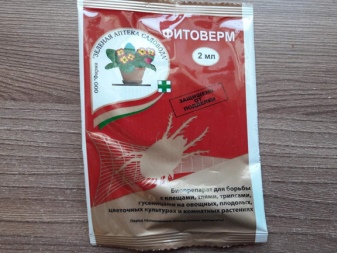
Reproduction
Propagate cellosia by cuttings or by growing seedlings from seeds at home.
In the first method, cuttings are first prepared. Cuttings cut with five leaves are placed in water to which vitamins for growth and aloe juice are added to stimulate root formation. When the root system is formed on the cuttings, they are planted in a nutritious soil mixture and watered. They take root after 2 weeks. When it gets warm, they are transplanted into open ground.
When propagated by cuttings, the plant develops faster. It is less affected by diseases and pests. But cuttings reduce the decorative effect of future plants, so they will bloom sparsely. Because of this, this method is rarely used.
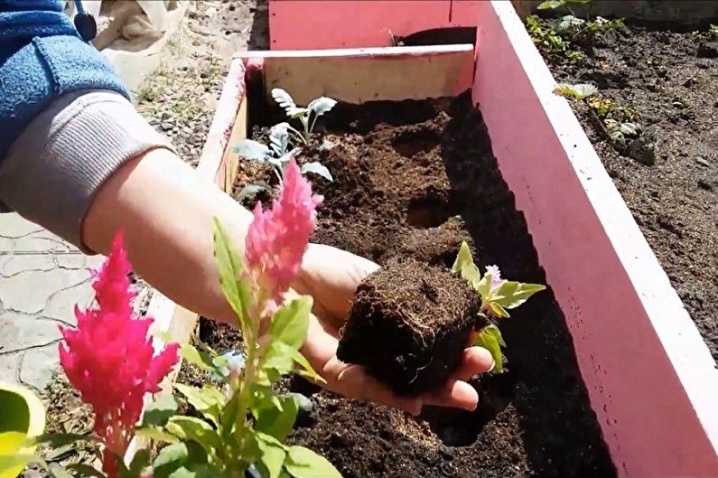
The second way is more efficient. At the beginning of spring, the seeds are soaked in a glass of water with the addition of 1 drop of Zircon and Epin preparations. They are then spread in a container over the moistened soil at a distance of 3 cm and pressed firmly into the soil.
Glass or film perfectly protects young seedlings from direct sunlight. The container with crops is placed in a warm, bright place. Seeds will not germinate in a cold room. The container is periodically opened for ventilation and humidification. The film is removed after a week, when the seeds germinate.
When two leaves appear, the sprouts are transplanted into larger containers and the distance between them is increased to 5 cm. After taking root, the seedlings are fertilized with a mineral complex for indoor flowers.
When replanting the grown shoots again, so as not to damage the root system, it is advisable to transplant them from a container into a peat pot and then plant them in open ground along with the pot.
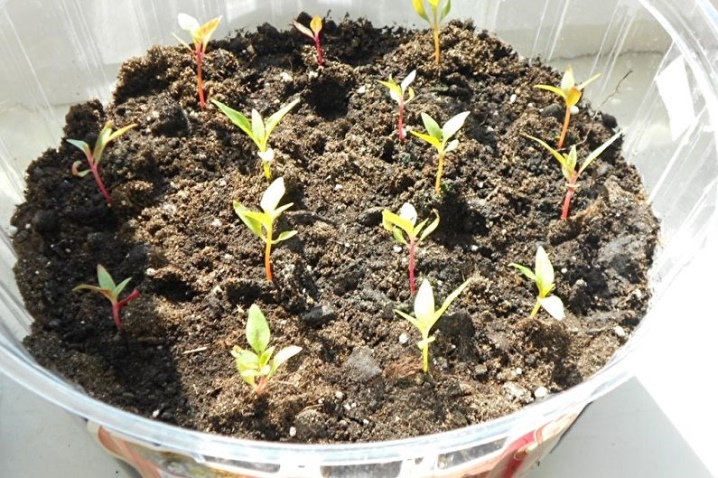
Further growth of crops depends on the usefulness of lighting. Additional illumination is used if necessary.
Examples in landscape design
Aesthetic paniculate inflorescences of celosia - a favorite element of landscape designers in creating a variety of decorative compositions in flower beds.
Its tall varieties go well with perennial shrub forms and decorative stone. In this way, they decorate volumetric areas and ridges that look very well-groomed. Low varietal species are grown both in composite groups and individually. Dwarf species are used for growing in hanging pots on the balcony and loggia.
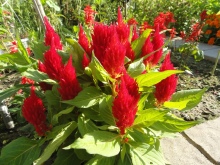
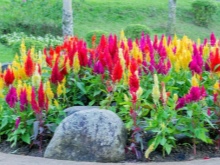

This flower is able to dominate the landscape or perfectly accentuate other plants. It can be combined with all ornamental crops grown on the site. A great combination will be with decorative cereals. Perennials with decorative leaves - hosts, geychera, brunner, ferns, tiarella, chastets - shade the bright beauty of flowering paniculate cellosis.
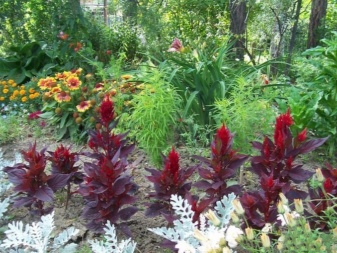
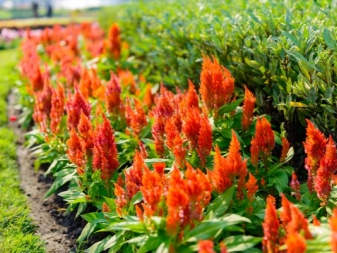
The most successful compositions are when using flowers of the same type, but with different colors. Natural soothing tones and simple yet sophisticated flower shapes are able to set off brighter cellosia inflorescences.
The contrasting shades of neighboring plants will draw attention to each element of the flower bed. Together they will bring solemnity to the floral arrangement.
Each shade is a significant detail that will be an integral part of the entire landscape.
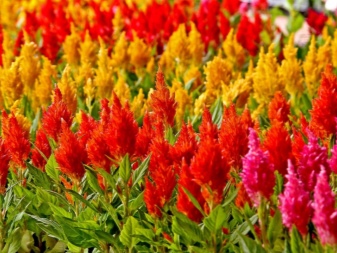
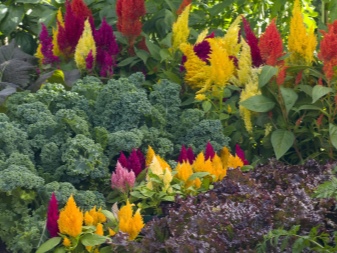
In a decorative outdoor flowerpot made of concrete or natural stone, it is better to plant celosia with bright inflorescences, and in a white flowerpot, a monochrome planting of a plant with flowers of the same, but very bright shade will look harmonious. It always looks original and impressive.
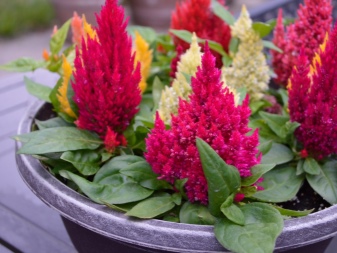
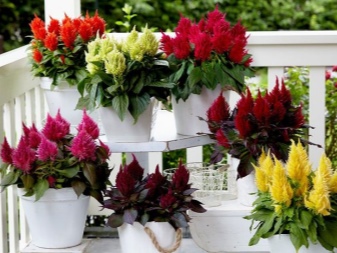
For information on how the planting of celosia takes place in open ground, see the next video.







































































































The comment was sent successfully.